The annual regenerative agriculture festival has grown enormously in recent years. TABLE team members were fascinated by the event’s confidence, dynamic energy and environmental convictions - and found questions about what the regenerative movement means beyond the farm gate to be in the air but not yet answered.
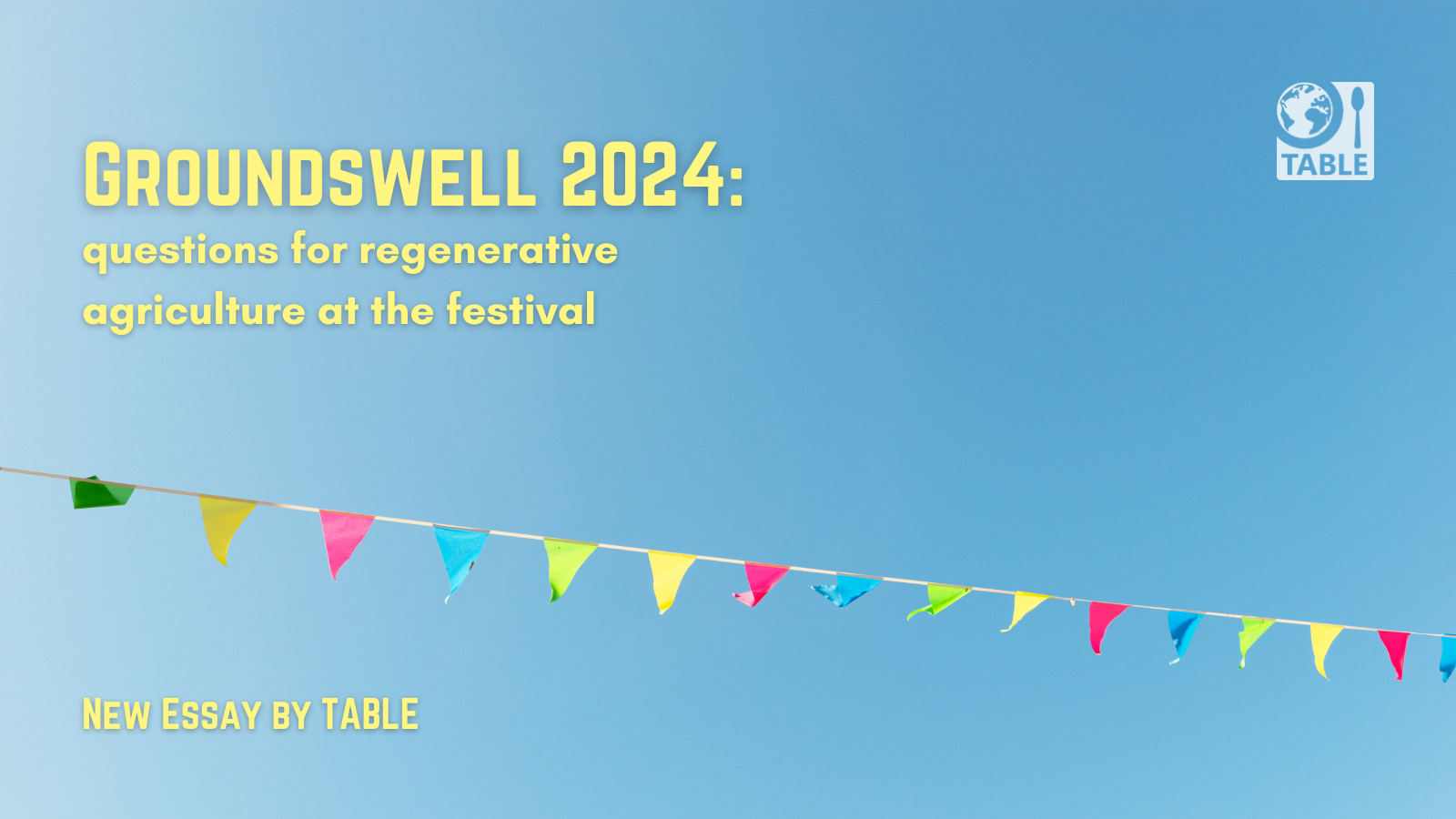
Tents spilling over with crowds, ice creams dripping, gleaming red machinery, Prince William, meadow flowers growing in neat squares and an entire cow splayed open on a scaffold while it roasts over timber. This is the regenerative agriculture festival Groundswell, and it is a melting pot. Free branded cupcakes and pyramids of Colman’s mustard sit just feet away from tents where panellists debate the challenges of ultra-processed foods and the power of supermarkets, or the minutiae of healthy soil, hedgerows, dung beetles, and worms. Energy, optimism, a little chaos, and perhaps a few contradictions; Groundswell feels like a picture of the times for the UK’s regenerative agriculture movement.
The annual festival has grown dramatically since it began less than a decade ago, from 500 attendees to around 8,000 in 2024. As the regenerative movement has grown, so too has interest from a wide range of actors, including major food manufacturing companies and supermarkets. Colman’s is trialling regenerative practices with its mustard seed and mint suppliers, while Unilever has devoted 48,000 hectares of land to new regenerative agriculture projects. Do these developments mark the increasing influence of regenerative ideas, or are they a sign of corporate capture, dilution of the movement and an unhelpful confusion of existing movements like agroecology and organic?
One answer came from Andy Cato, co-founder of Wildfarmed (2018), which now works with over 100 wheat farmers to get regeneratively grown flour into loaves in restaurants, bakeries, and supermarkets. In a headline event, the conversation between Cato and Henry Dimbleby, author of the National Food Strategy (2022), turned to Wildfarmed products in Waitrose; an audience member questioned the company’s choice to sell sliced white bread, in which the fibre-rich bran is removed and discarded. Or in Dimbleby’s pithy summary, “White bread, you bast***?”
Cato’s response was clear. If you want to scale up regenerative farming and transform landscapes at pace, you need to meet people where they are. On UK supermarket shelves, he said, that’s got to mean white bread. Dimbleby pushed the question with the starker (hypothetical) example of doughnuts made from regeneratively grown flour; while he felt an environmental win was sufficient motivation, the laughter that rippled round the room suggested that not everyone at Groundswell believes you can – or should – separate nutritional concerns from environmental ones.
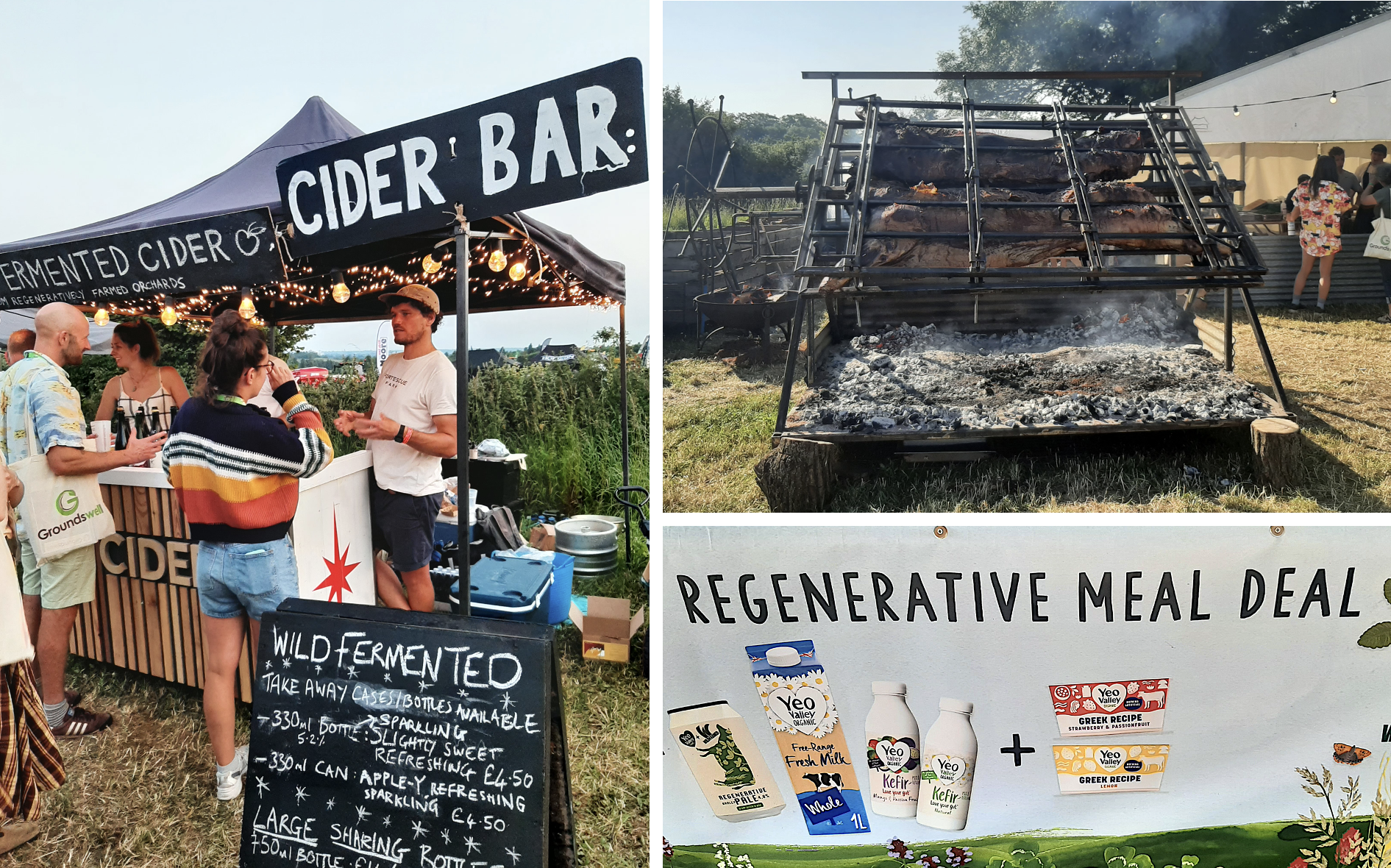
Collage of images taken at Groundswell 2024
There is huge confidence across the festival in the capacity of regenerative agriculture and those practising it to deliver profound environmental gains, and an evangelising quality to the walks with farmers who smell soils and count beetles, demonstrating an attentiveness to land that for them has successfully married stewardship with bottom lines (the scepticism that some still hold for regenerative’s environmental claims made little or no appearance). Nonetheless, farmer George Young was not the only speaker to express discomfort with the idea that farmers ‘feed the world’ – rather, “We put calories in people’s bellies”. There was a frustrated sense, expressed in different forms across the festival, that the power of on-farm transformations reaches its limits when the produce leaves the farm. In the Seminar Tent, Saskatchewan farmers Tannis and Derek Axten talked about the challenges of finding buyers for their produce who aligned with their ‘good food’ values. In a discussion on gene-editing, Young questioned the implications for farmer ownership and decision-making, concerned that while gene-editing may fix our cropping problems, would it simply lock in the food, i.e. the eating, problems of a broken system in the longer term?
A new focus on ultra-processed foods and the “healthy eating crisis” in several discussions at the festival this year point to something of a reckoning with the realities of a wider food system shaped by powerful economic, political, and cultural forces off the field. If the farmers espousing regenerative principles are convinced of their role in environmental and health challenges, the ethical purpose of the wider community represented at Groundswell is less clear. Riverford founder Guy Singh-Watson railed in characteristically charismatic fashion against the distorting pressure of supermarkets in determining prices not only for those in their supply chains but the whole horticulture landscape, garnering cathartic cheers of agreement from an audience, clearly frustrated by growers’ powerlessness in this relationship. Many of the corporate organisations represented as exhibitors are those providing tools and resources to farmers – seeds, machinery, finishing services, animal breeding - and engaging with regeneration as a small market segment. For these companies, as for Colman’s and Unilever’s commitments, the regeneration under consideration is firmly on-farm. The question of a ‘regenerative supply chain’ – a phrase bandied by several exhibitors - is unanswered. More than the lack of coordinated supply chains, many in the tents are coming up against the absence of a strategic, all-actor approach to regeneration.
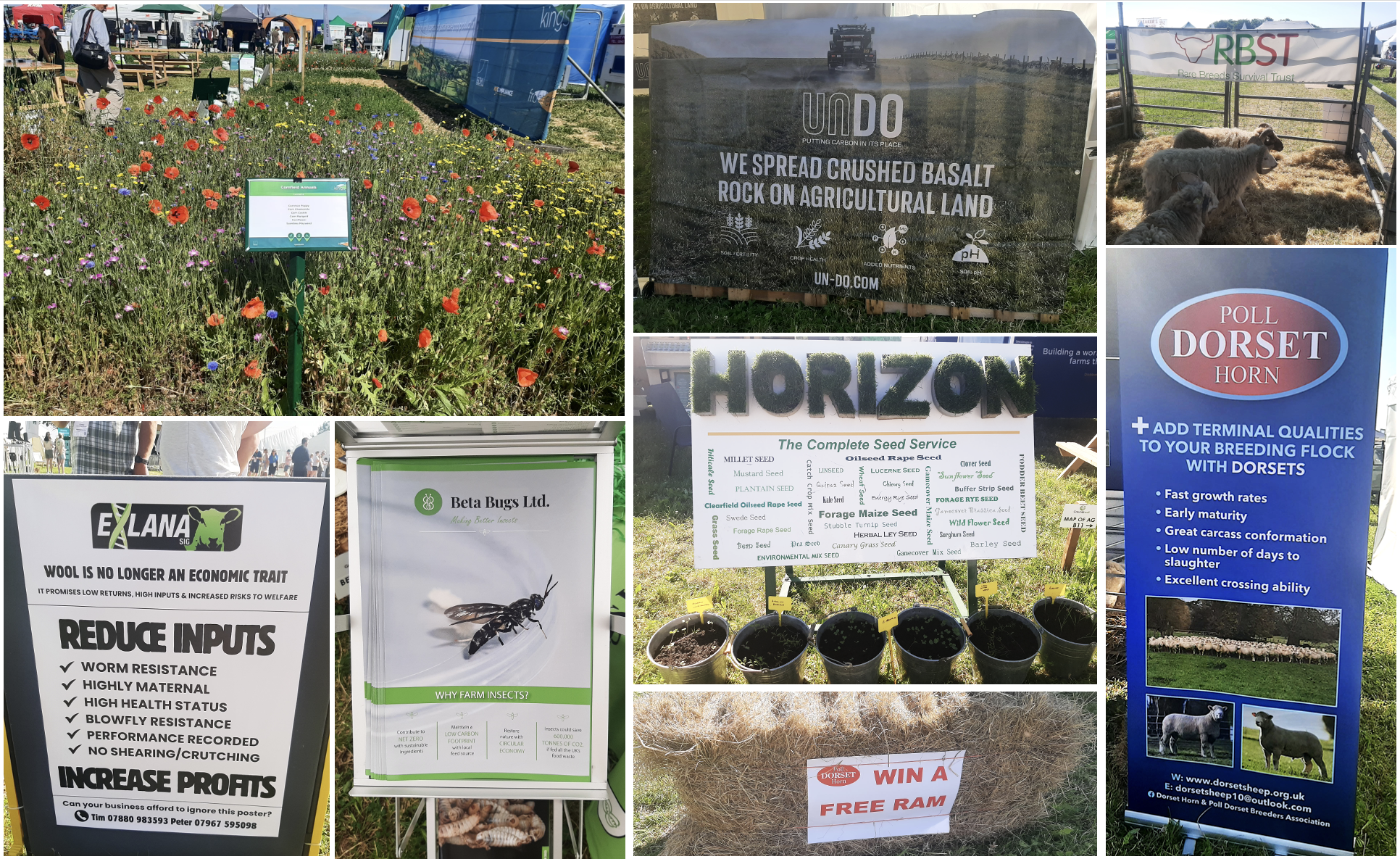
Collage of images taken at Groundswell 2024
To a degree what happens beyond the farm gate is beyond the remit of regenerative agriculture. But the make-up of food stalls supplying punters with pasture-fed beefburgers and Wildfarmed pizza dough points to a gap in the conversation. The environmentally beneficial farming practices loosely grouped under the umbrella of regeneration which might encourage high degrees of crop diversity, and lower intensity grazing, would seem to give rise to more plants on plates, yet regeneratively grown fruit and vegetables play a small role in Groundswell’s menu - mirroring horticulture’s diminutive presence in both policy and regenerative discourse. Do the demands of regenerative agriculture stop at an on-farm transition, or do they require a change in the national make-up of what we grow and eat?
Sessions at Groundswell value farmer knowledge and expertise deeply, and the efforts to validate that in active collaboration are visible in a strand of talks on farmer-led research and existing pilots, ‘How can collaboration help with the sustainable agriculture transition’, ‘How to run a good on-farm trial’.
There is an apparent consensus - at least in the discussion tents - that collaboration is key, but innovative examples between farmers and their peers, researchers, millers and others remain as yet driven by growers and small in scale.
If there was a sense of optimism and strength at Groundswell in 2024, then, it was tempered by the sense that regenerative agriculture is a movement that must also face up to the limits and challenges of its transformative power. Conviction on on-farm environmental benefits is high, the end food products are a growing part of the conversation; there is as yet limited articulation of the role for the steps between grower and eater. Is it nonsense, for example, to speak of a regenerative system from field to fork? Or is it the necessary next step for a movement that continues to expand, develop, and grow in ambition? Perhaps we will find out more at Groundswell 2025.
Reported by Ruth Mattock and TABLE colleagues.






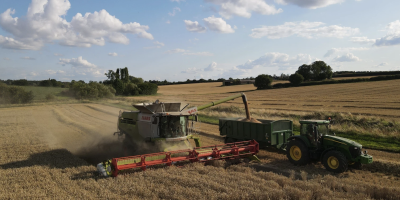
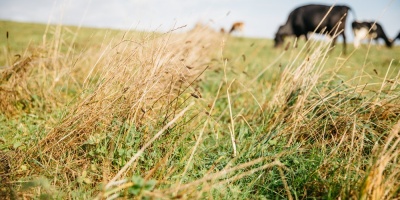
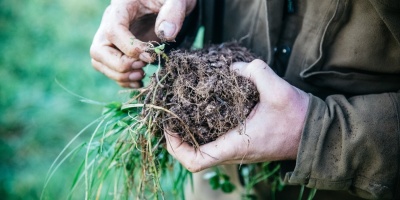
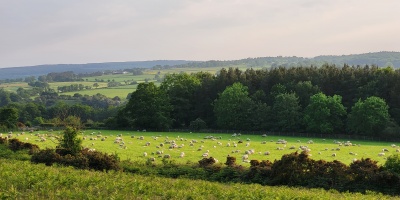






Post a new comment »